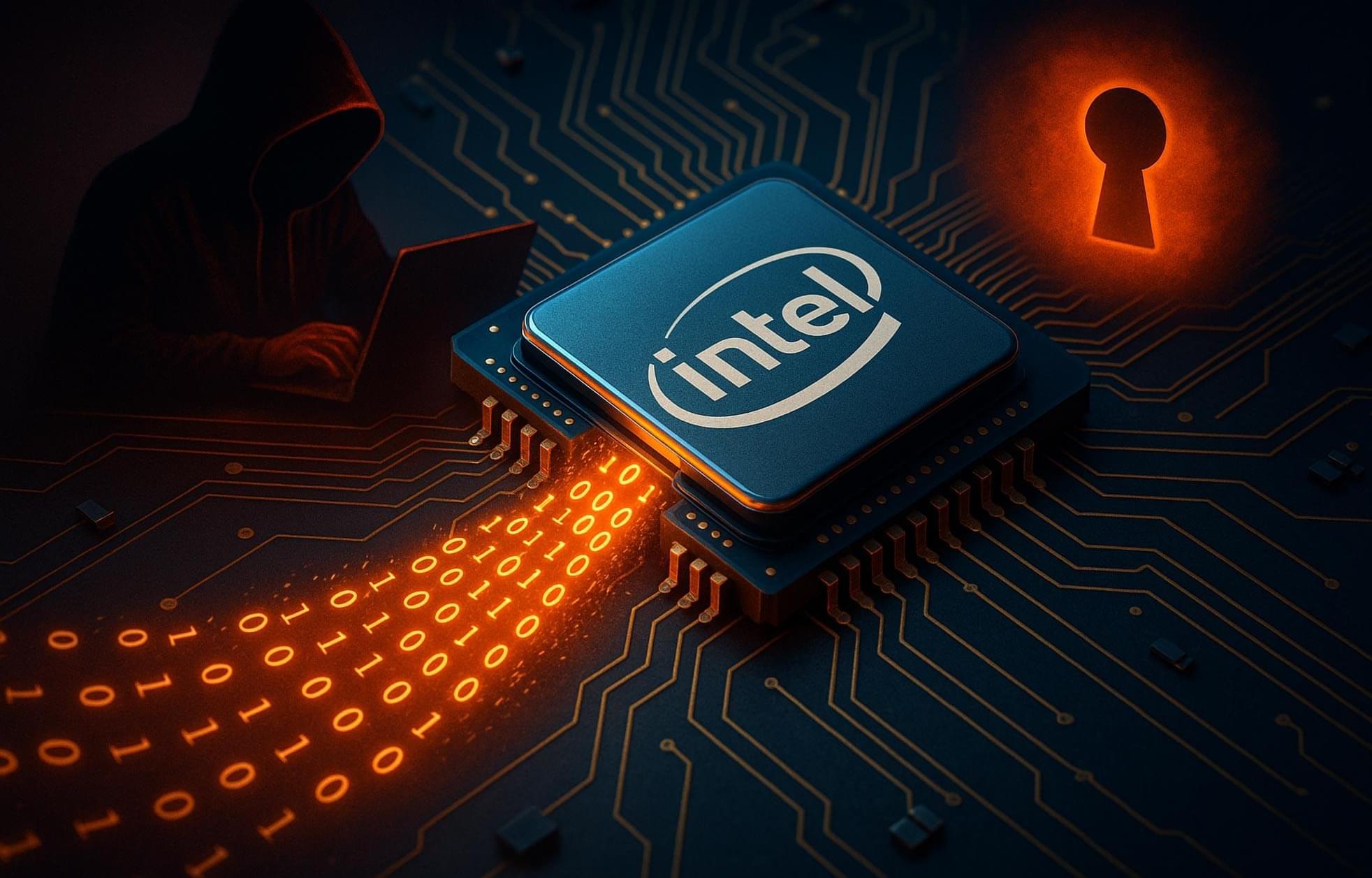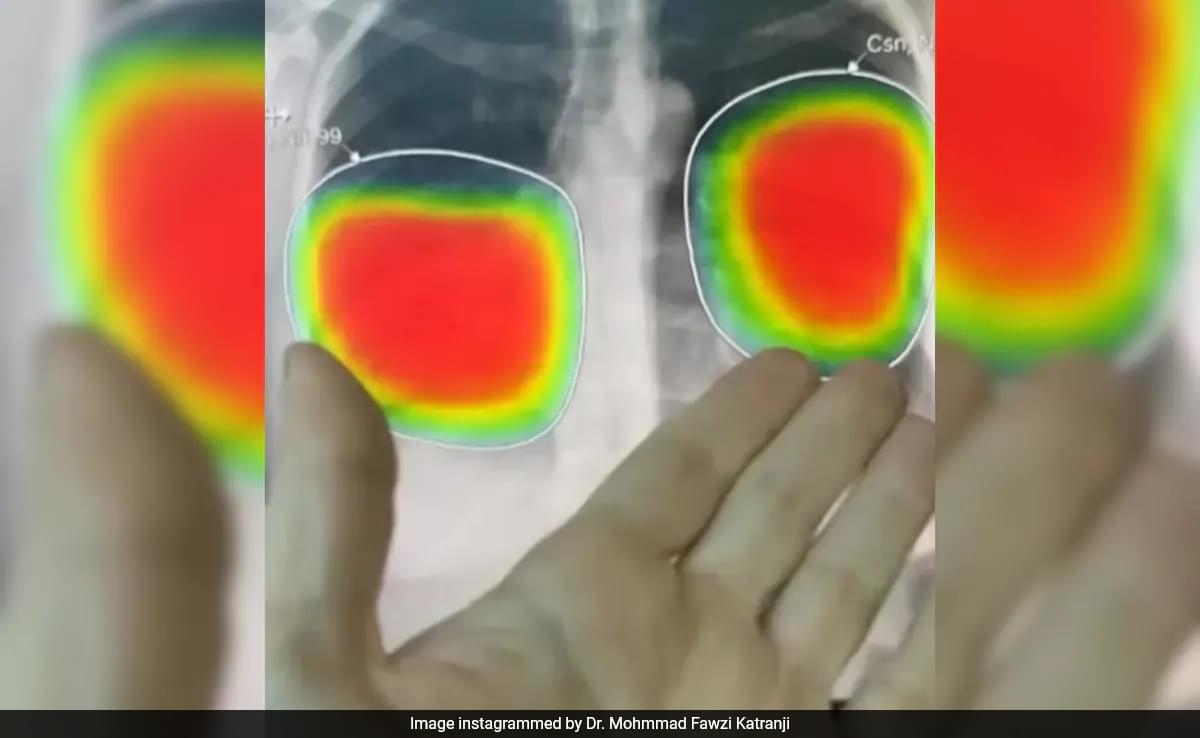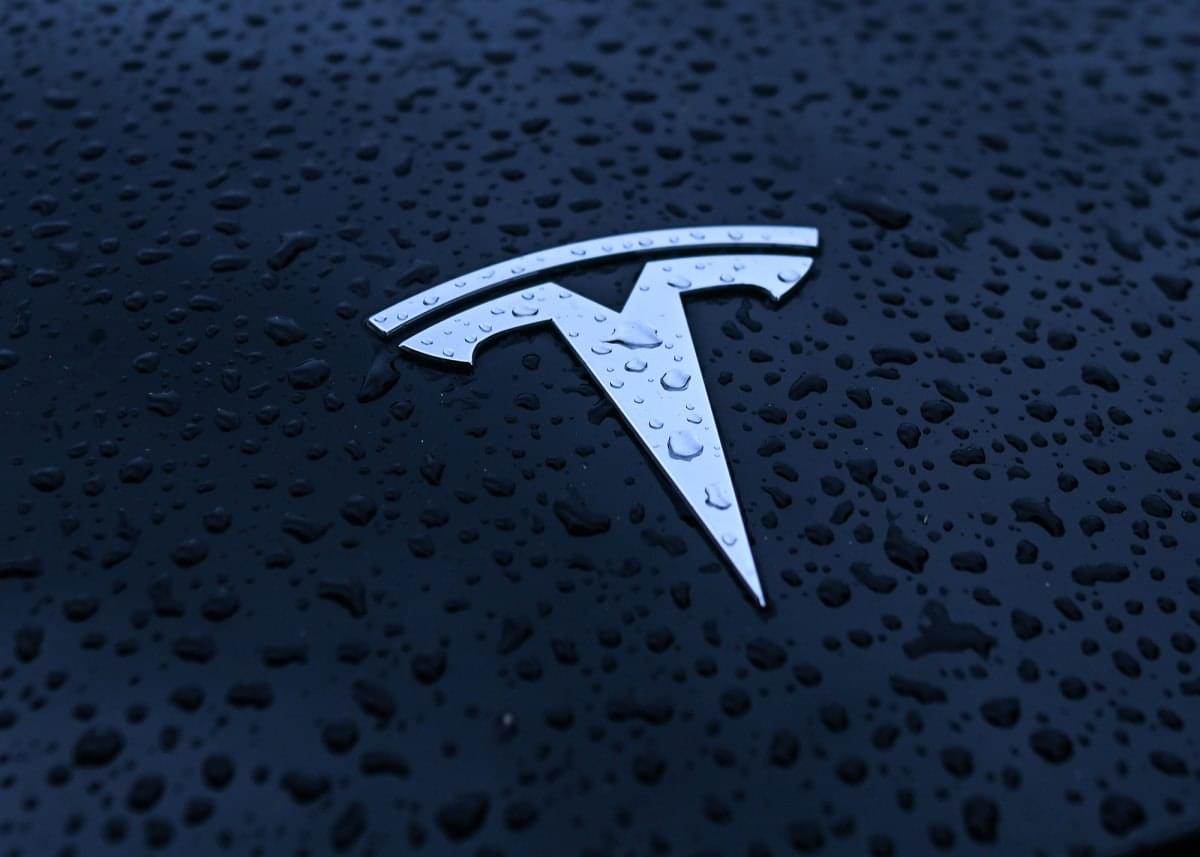A pulmonologist based in Dubai was astonished by the accuracy of Artificial Intelligence (AI) in diagnosing diseases. Recently, Dr. Mohammad Fawzi Katranji tested an AI tool’s ability to detect pneumonia from an X-ray and was impressed when it pinpointed the same areas he had identified, as well as an additional spot he had missed. The AI completed the task in seconds, a stark contrast to the 20 years Dr. Katranji spent acquiring his expertise. The AI’s findings ultimately aided in the patient’s recovery.
“I am about to lose my job. This is scary because I developed the skill over 20 years, which lets me look at an X-ray and point to pneumonia,” he said in the video, showing his findings.
“Now, here comes AI, and they pick it up in a second. Now, you don’t need professional eyes to look at these X-rays. You just have artificial intelligence. They picked up pneumonia. I am going to be applying to McDonald’s soon, and I hope they have some openings,” the doctor joked.






